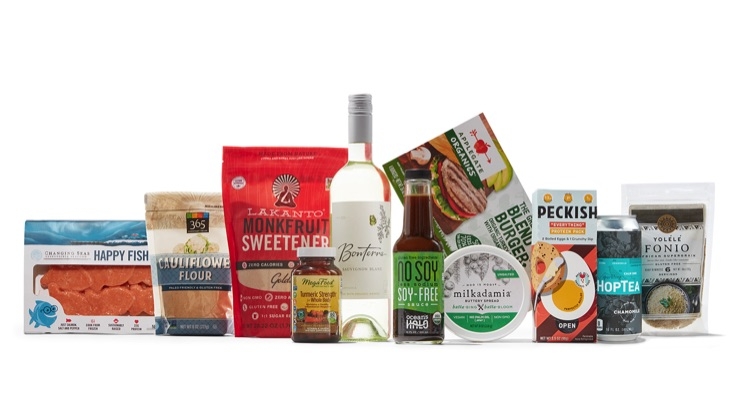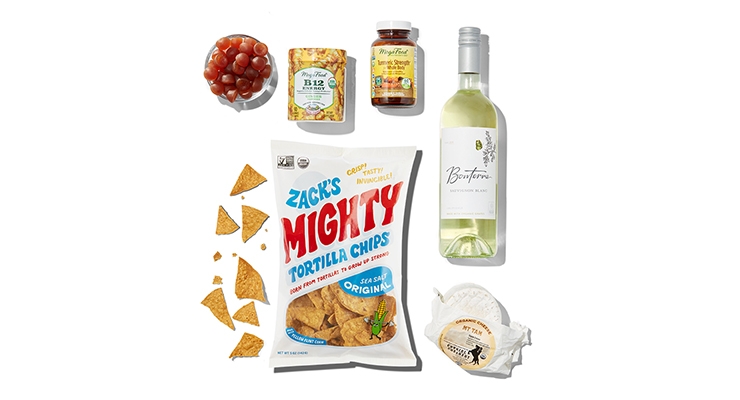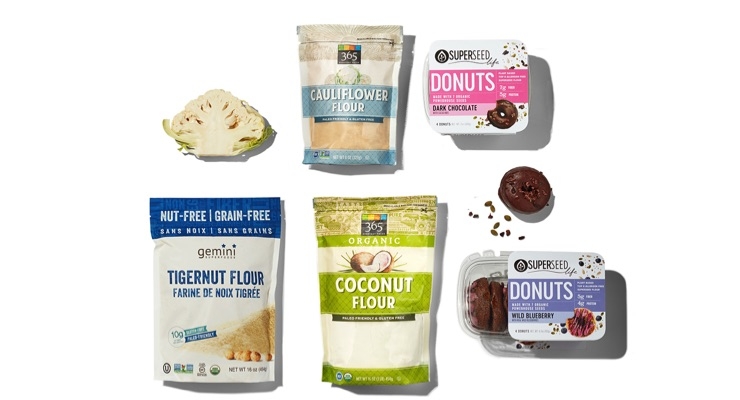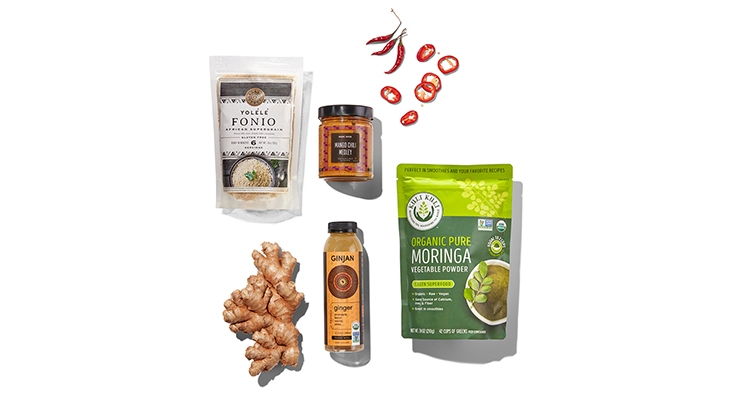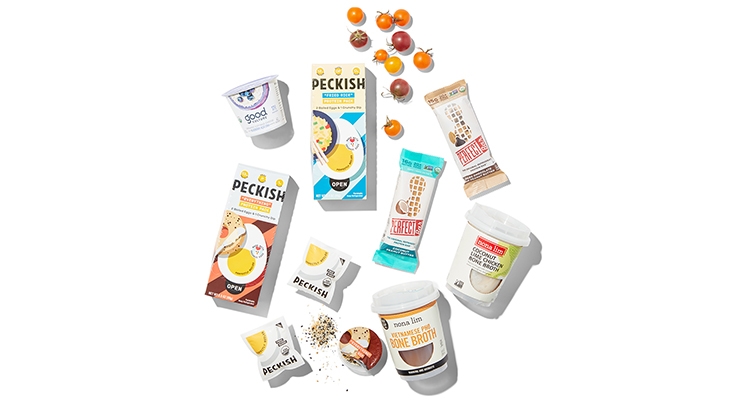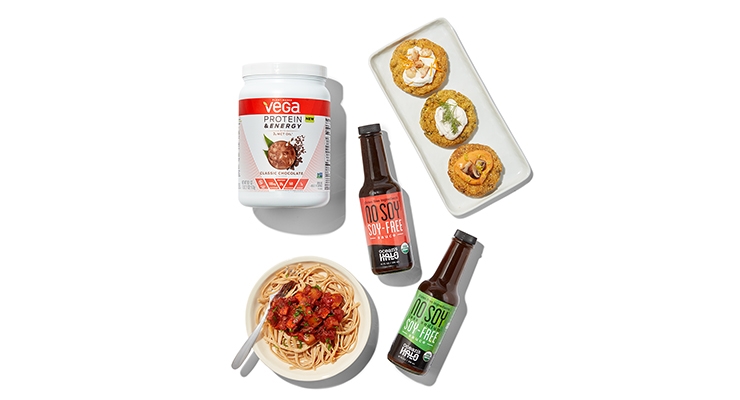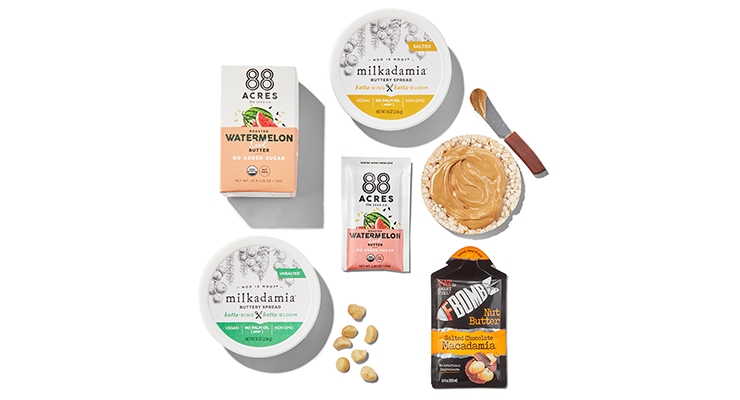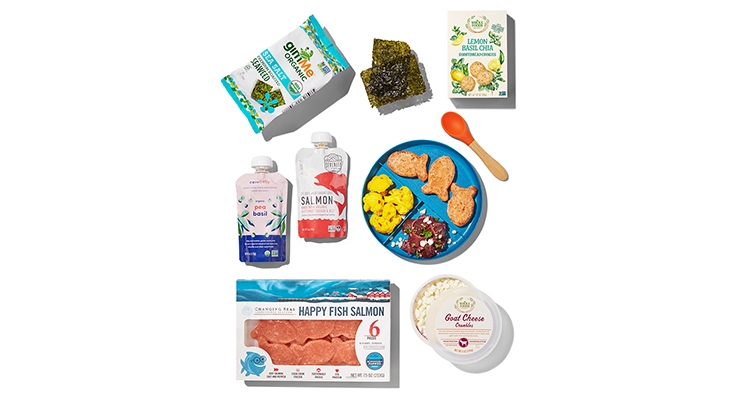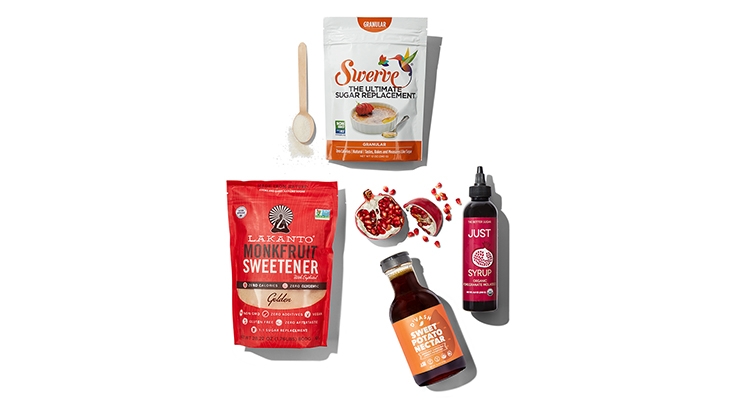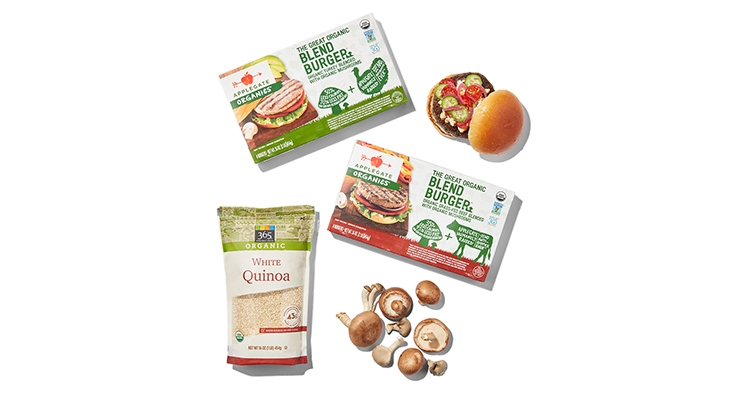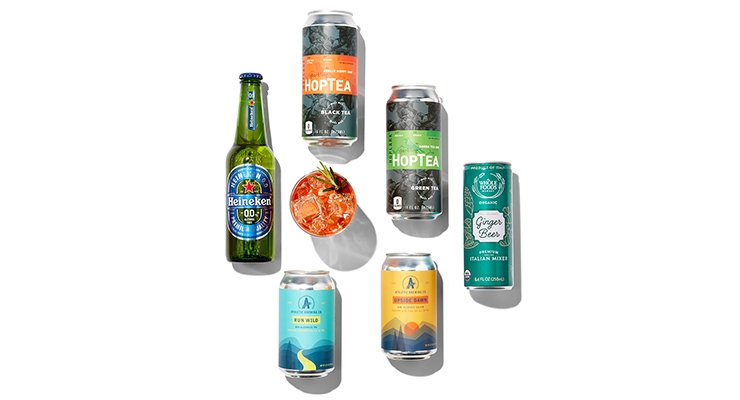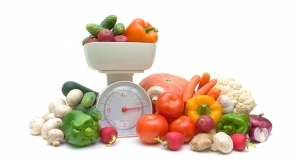Slideshows
Whole Foods Market Sets Food Trend Predictions for 2020
From regenerative agriculture to rethinking kids menus, experts forecast top culinary influences.
10.22.19
-
IDF’s Chicken Collagen Bone Broth Ingredient Demonstrates Significant Prebiotic Effect
Studies showed that CHiKPRO Collagen can reduce COX-2 activity by at least 20% while not significantly inhibiting COX-1 activity.
-
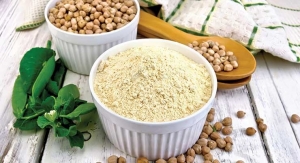
Seeding Innovation with Plants & Protein
Plant proteins provide value and align with consumer priorities for clean label, sustainable product options.
-

An Interview with Manoj Dadlani, CEO, CosmosID
Dadlani is CEO of the Maryland-based provider of industry-leading solutions for unlocking the microbiome.
-

An Interview with Ned Becker of Columbia Nutritional
Over the course of his career, Becker has worked with hundreds of different brands.
-

Product Development Guide Beauty Formulation & Supplier Directory
This sourcing guide is designed to help companies find active ingredients for topical and ingestible beauty formulations.



